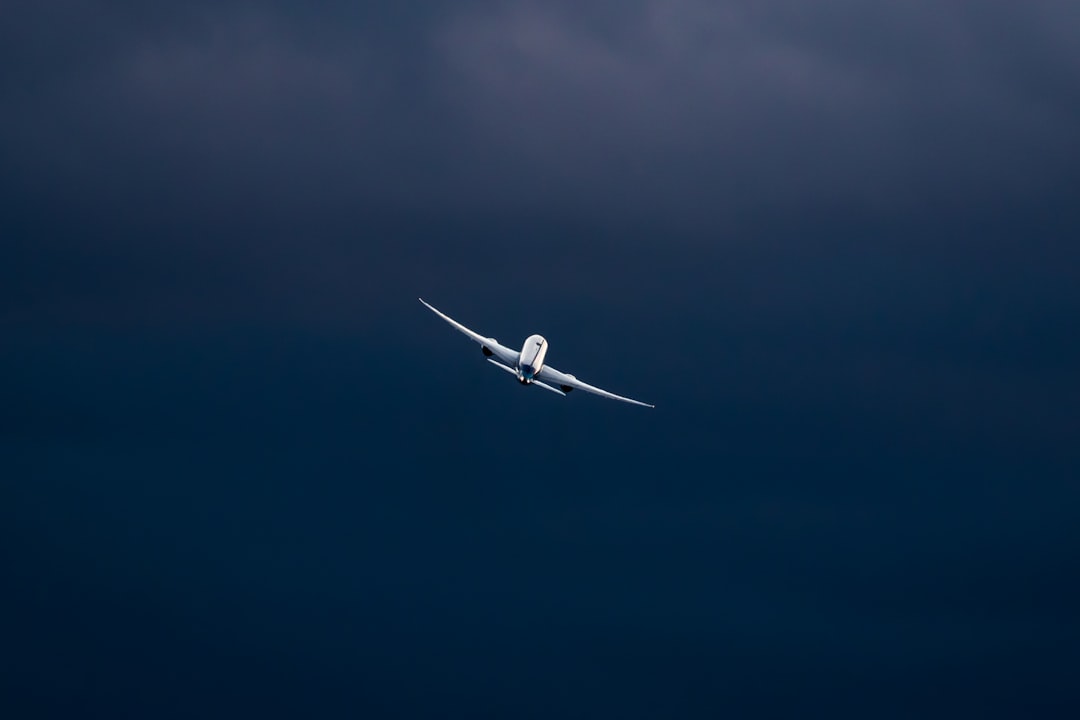
aviation — the act of flying by mechanical means in heavier-than-air crafts
aviaciόn — the Spanish cognate of the same meaning
These words come to us from the Latin word avis which means “bird.” In English, we use the first three letters to begin words that deal with flight. If you are an “aviator,” you pilot a plane, and thus you fly like a bird.
The Spanish word for bird is “ave.” “Ave” can be hard for students to remember because it looks nothing like our word “bird.” “Bird” comes to us from Old English, so it’s one of our pure English words.

However, for things that pertain to birds, we use the word “avian,” and a large enclosure to keep birds is an “aviary.” Since many of my students had visited the Henry Doorly Zoo in Omaha (one of the top zoos in the world) at some point, they were familiar with the large aviary at that zoo, so then they could equate “ave” with “bird” much easier. Others would think of “aviation” and how it involves flying like a bird, and then they’d be able to remember “ave” for “bird.”
Going back to the word “aviator,” you may not know that we also have the words “aviatrix” and “aviatress” to refer to female pilots. While I know that nowadays, we tend to neutralize words and call anyone who flies a plane either a “pilot” or an “aviator,” knowing that there is a feminine word for it can also help you remember that in Spanish all nouns have a gender, and when using one to name someone’s occupation or skill, you use the gender-appropriate word. Thus, in Spanish, a female “aviator” is an “aviadora” while a male one is an “aviador.”
“Aviation” can also refer to the manufacture of airplanes, the design of them, the operation of them, etc. No matter what aspect of “aviation” a person is in, though, that person is still manipulating man-made materials to ultimately fly like a bird — or “volar como un ave.” (See my earlier post on “volant” here if interested: volant)
Like “bird,” “ave” generalizes the animal. There are specific words in Spanish for every type of bird just as there are in English. Some of them are cognates, too. Here are a few: cόndor, canario, flamenco, pelicano, and halcόn (imagine the letter “f” at the start of that last one, and then you’ll see the cognate if you didn’t already). Most specific Spanish bird names, though, are quite different from the words we use in English, so if you are an avian enthusiast, you’ll have to look up the types of birds you like individually.
For example, out my window right now there are a bunch of robins hopping around my newly rained-on lawn in search of worms. The Spanish word for “robin” is “petirrojo.” The last part of that word is easy for me to remember because “rojo” is “red,” and the robins here are known for their red breasts.
The Wright brothers are credited with the birth of “aviation” as we know it today, but I like to give even more credit to Leonardo da Vinci for being such an amazing inventor and visionary. He came up with his ideas by studying birds after all.
Until next time.
Share with anyone you know who might like to improve his or her vocabulary through better cognate cognizance.
Tammy Marshall















Share this post